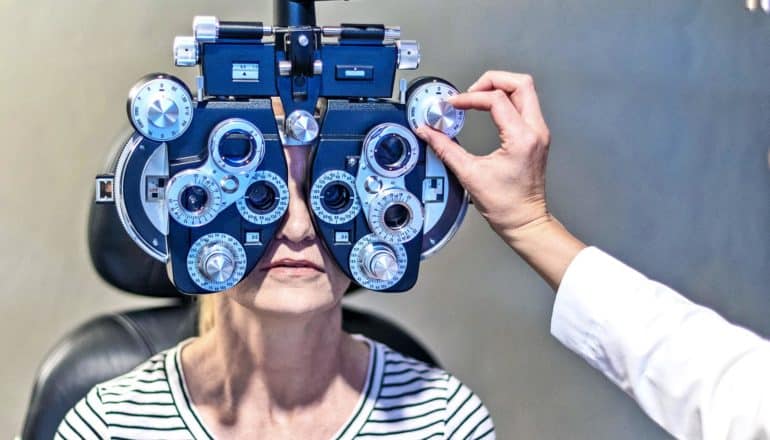
Artificial intelligence could help make eye charts a whole lot better, Zhong-Lin Lu says.
Eye charts date back to the middle of the 19th century, and, over the ensuing decades, have changed relatively little. Many optometrists and ophthalmologists still gauge patients’ vision by having them read rows of letters or numbers.
Lu, associate provost and chief scientist at New York University Shanghai and a professor in the university’s Center for Neural Science and psychology department, thinks these charts continue to have value, but are too imprecise for measuring vision loss or other changes in vision. That may prevent early detection and treatment of eye-related afflictions, such as amblyopia, age-related macular degeneration, diabetic retinopathy, diabetic macular edema, glaucoma, and cataracts.
These conditions affect more than 45 million people in the US, with an estimated annual economic burden of $139 billion in medical and productivity costs.
Lu and his colleagues recognized this shortcoming years ago and began developing more cutting-edge ways to evaluate vision—and to spot changes to it.
Here, Lu explains his work and how to build a better eye chart:
The post AI could give eye charts a personalized overhaul appeared first on Futurity.
from Futurity https://ift.tt/349DjzN
No comments:
Post a Comment